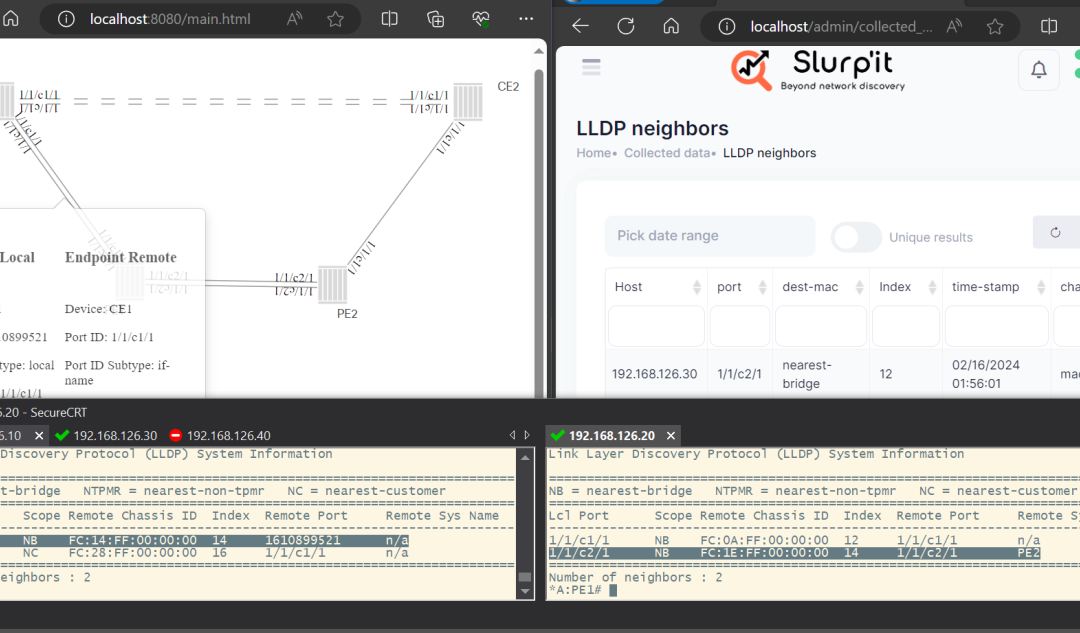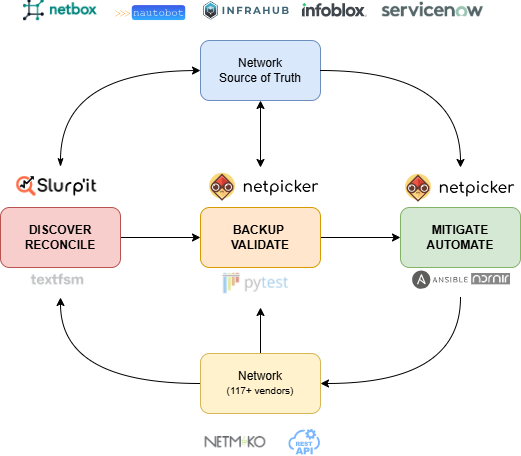Businesses these days rely heavily on network discovery tools. And why won’t they? Detecting vulnerabilities, mapping the complete infrastructure, and even checking out the complete performance. All of this gets a lot easier.
Open source network discovery tools are actually of great help here. It is particularly appealing because of cost-effectiveness, transparency, and is completely community driven. But with all these benefits, comes security risks. What next?
Before getting into using any of them, let’s first explore the key security considerations, and many things you must know before!
What exactly are open source network discovery tools?
Let’s say you are a cybersecurity consultant. You are right now tasked with securing a company’s network.
For this purpose, you are now using an open source network discovery tool. The tool helps you with scanning (all the connected devices), open ports, and issues. The results obtained will give you the best insights. But there’s a catch. The same tools can also be exploited by cybercriminals if left unchecked as per Slurp’it.
This exact scenario above shows how important it is to understand both. You must know the benefits as well as the risk associated with them, so let’s know it all here at Slurp’it!
Some common security risks of open source network discovery tools
1. Exposure to unauthorized users
One of the biggest risks of usingthem is the exposure for unauthorized access. All these tools actually provide deep insights into the complete infrastructure of the business. And that’s why everything must be tightly controlled.
For example, there’s this company using an open source network discovery tool for inventory management. They actually failed to restrict access properly. A rogue employee accessed sensitive network data. All of this created a major security breach. Solution? Businesses can implement strict access controls. They can get into user authentication so that only specific personnel can use the too as per Slurp’it.
2. Misconfiguration leading to data leaks
Misconfigurations can expose sensitive network data to unintended parties. Many network discovery tools actually allow for detailed scans. So, if by any chance, the configuration is not done the right way, security weaknesses may arise.
The solution here? Businesses can regularly audit and update all the configurations. This will ensure that all the sensitive data is available to only authorised individuals. And is even encrypted wherever necessary.
3. Exploitable bugs in open source code
It actually benefit from community-driven security patches. That’s a good thing, they are also public knowledge. But this means, hackers can study their loopholes and exploit all the outdated versions.
Hence businesses must also make sure that all the tools are updated. As per Slurp’it you also can subscribe to all the security mailing lists. Applying patches as soon as possible is even a great option to consider!
4. Legal and compliance issues
Some open source network discovery tools may not comply with specific industry regulations. For example, GDPR, HIPAA, or PCI DSS. Now, using an open source tool without a compliance review can actually lead to major legal repercussions.
Now, the solution? One has to make sure that before deploying any tool businesses must verify that it aligns with your industry’s regulatory requirements. And also internal security policies.
5. Risk of malicious forks or tampered versions
Open source projects can actually be modified by anyone. That’s why malicious actors can create altered versions. Maybe with hidden backdoors or malware.
Hence businesses must make sure to always download tools from trusted sources like the project’s official repository.
What are the best practices for securely using it?
- Businesses must first conduct a security audit before deployment. They should perform a thorough security assessment. This will help them identify any potential issues that may arise in the near future.
- Implementing role based access control always works best. With this, businesses can actually restrict access to them based on user roles. Administrators here can have full access, junior staff on the other hand, can have limited privileges.
- Next thing is, businesses must use encrypted communication channels only. This will actually prevent any interception by attackers.
- Further, businesses can set up logging and monitoring mechanisms. This will help them to track who is using the tool, what scans are being performed, and if any unusual activity occurs by any chance.
- Make sure to stay updated with all the latest security patches.
- Before deploying any discovery tool in any production environment, businesses must test it in a sandbox. Or even a controlled environment to check out all the impact and security risks.
- Make sure to educate your team on all the security risks.
How to choose the right open source network discovery tools?
There are a lot of open source network discovery tools available out there. Hence selecting the right one requires careful consideration. Some key factors you can evaluate are:
- Whether the tool supports encryption, authentication, and access controls?
- Is the tool actively maintained with frequent security updates?
- Does it align with all the industry regulations?
- Can the IT team easily configure and manage the tool without unnecessary complexity?
Open source network discovery tools offer the best and powerful capabilities. But their security implications cannot be ignored. So, make sure to implement strict security measures. Continuously monitor everything. And minimize all the risk the right way around! For more information, contact us at Slurp’it!



